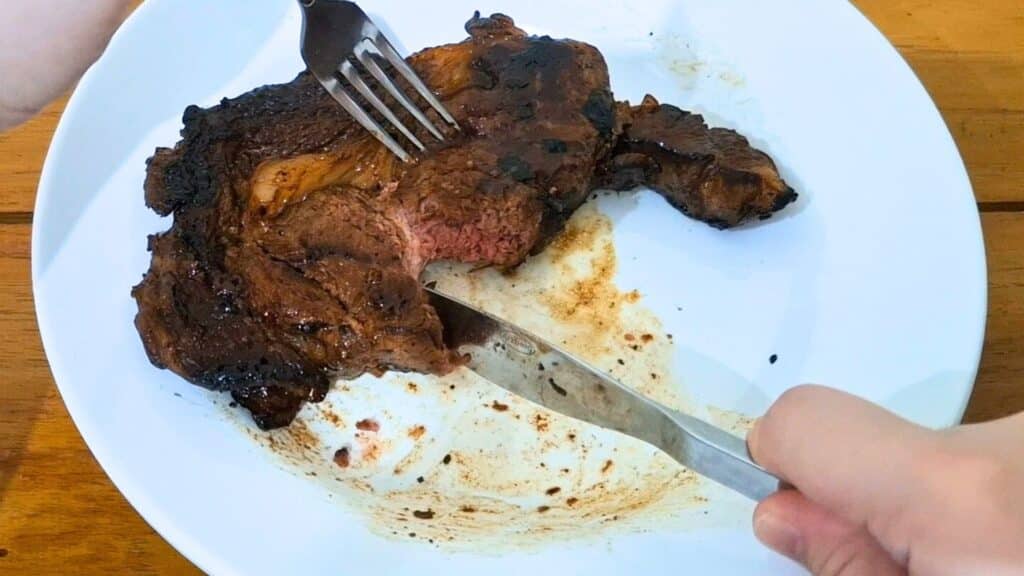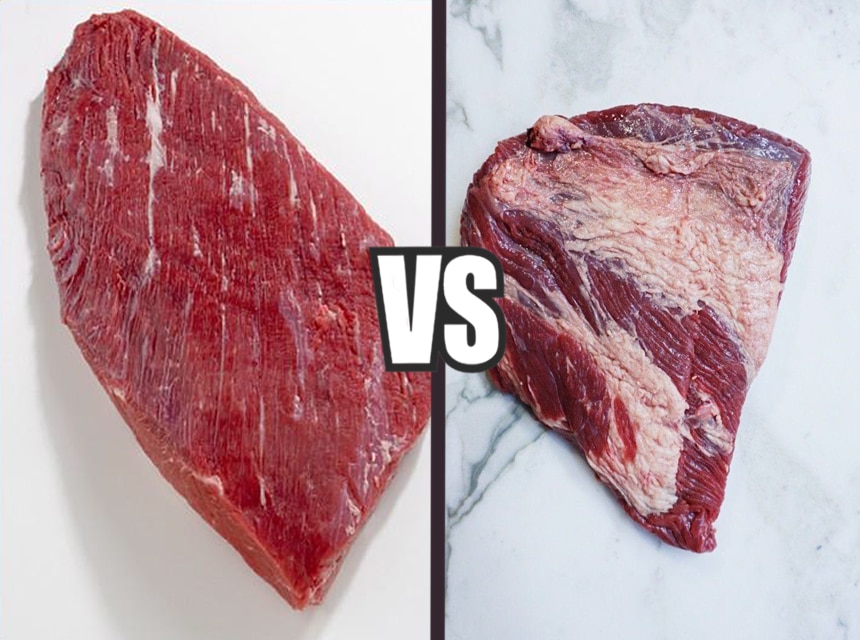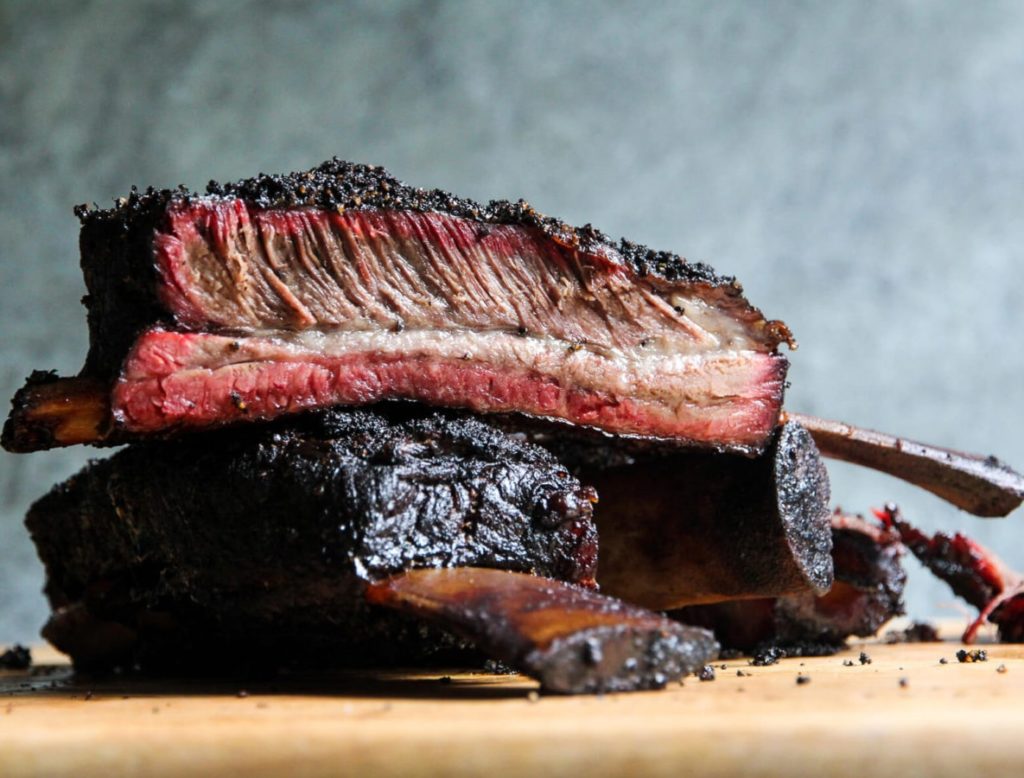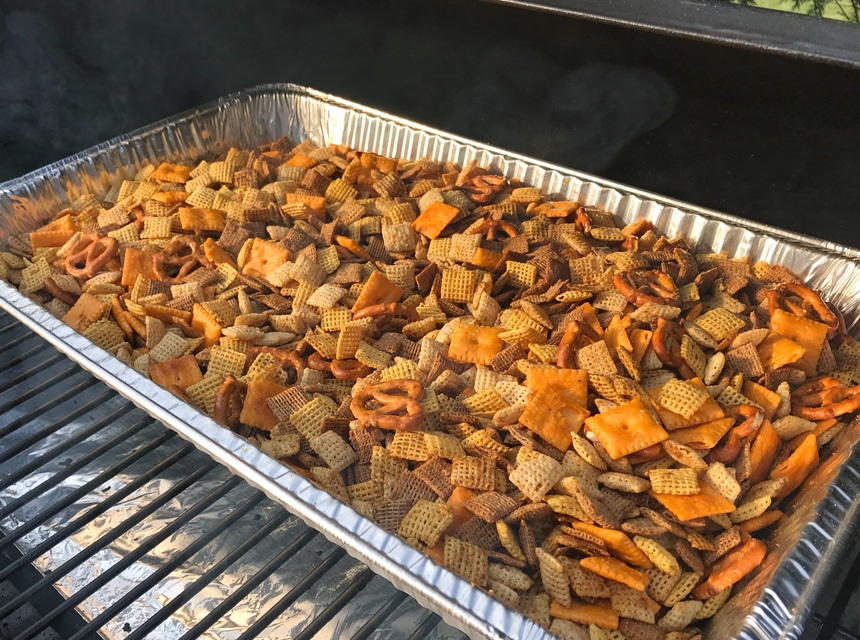

At least 70 percent of American adults have a smoker or grill. A 2020 analysis conducted by a leading American market research Company showed growing demand Trusted Source As More Areas of the U.S. Open Up, Travel Book Sales Start to Rebound While travel book sales have declined 40 percent year to date, the category has experienced four weeks of consecutive growth through the week ending May 16, 2020. www.npd.com for outdoor cooking gear as people are confined at home due to the global Covid-19 pandemic. The average American’s daily meat consumption Trusted Source The United States Meat Industry at a Glance The North American Meat Institute is the oldest and largest trade association representing U.S. packers and processors of beef, pork, lamb, veal and turkey. www.meatinstitute.org ranges from 3.13 to 4.8 ounces, with steak ranking second after chicken.
We have reviewed New York strip vs Ribeye because they often come up in conversation when discussing the best primal cuts to grill. Although they both come from muscle strips, they differ in their cooking methods since they have varied flavor, composition and nutritional value. In this article, we have expounded on these differences as well as the merits and demerits of a New York strip vs Ribeye to help you figure out the right steak for your dietary needs.
Fat distribution is the main thing that differentiates between a Ribeye and a New York strip.
Visually, they have similar shapes and sizes. However, New York Strip is a thin and long cut characterized by tight grain texture and a distinctive thick strip of fat running lengthwise on one side whereas Ribeye features plenty of marbling all over the steak, particularly on the eye and the cap. Ribeye may also be sold with bones as a Cowboy Cut, or without as a Spencer steak.
Ribeye goes by several names; Spencer, Beauty steak, Delmonico, scotch fillet, Market steak, or Entrecôte. Entrecôte is a French word meaning “between the ribs”. It refers to the part where the steak is cut from and highlights the difference between New York strip steak vs Ribeye.
Ribeye and New York strip are cut from longissimus dorsi, a pair of long muscles on the spine’s sides that run from the neck to the hips. Since these muscles are rarely used, they make tender meat that can be cooked in a short time.
Ribeye is cut from a front muscle in the upper rib cage, thus the name. The loose-grained marbled structure has high fat content that translates to tenderness and a rich, buttery smooth flavor. You may choose to buy it with the bone in to retain extra juice and moisture.
Compared to New York strip steak, Ribeye has the richer flavor owing to the large distribution of fat which helps to lock in moisture. It is also one of the most succulent cuts of meat with a smooth texture that melts in your mouth.
There are two popular methods of cooking Ribeye steak:
The common one is two-zone grilling which uses one burner for direct heating and another one for indirect heating to grant you more control over the cooking temperature. You can alternate the steak between the two zones to avoid overcooking it. Such a grill comes handy when you have guest who prefer different degrees of doneness because it can accommodate simultaneous cooking of rare and well-done steaks. In charcoal, users create a 2-zone fire by shifting charcoal in one area to make it colder or hotter than the other cooking zone.
The steak should be at least 1-inch thick. You may use little to no oil since the high fat content of a Ribeye steak will prevent it from sticking to the grates. Fat causes flare-ups as it drips, so don’t leave the meat unattended. Sear the steak on high heat to brown the exterior and then shift it to indirect heat zone to continue cooking. Check for readiness with a meat probe thermometer.
The second method is reverse searing where you first cook the meat on low heat and then sear it on high temperature. It involves searing the meat in a hot skillet after cooking it an oven. Preheat oven to 275°F and cook the meat until it reaches internal temperature of 90 °F to 95°F. Remove it and sear each side with a pan or grill. The result is a juicy medium-rare steak with crispy crust.
New York Strip also has several synonyms such as Top Loin, Kansas City steak, Top Sirloin, Strip steak, Ambassador steak, and Porterhouse. It is sold boneless but may include the bone-in upon request. In this case, it is known as Shell steak.
The steak is cut from the short loin primal under the backbone. New York strip has lower fat content than Ribeye because it is less marbled and the fatty rim is not eaten. If we compare NY strip vs Ribeye, New York strip is healthier due to less fat distribution while Ribeye is the tenderer one with the richer taste.
New York strip is not saturated with fat. The tight-grained texture and the thick strip of fat, which is trimmed off after cooking, generate robust flavor but also lend the meat a lean, chewy profile.
You will experience fewer flare-ups with this steak because of the fat content difference between the Ribeye and New York strip. The little amount of marbling necessitates fast cooking at high temperature to retain tenderness. Heat the grill to 900°F before placing the steak on the grates. Turn it after every 30 seconds and use a meat probe thermometer to check when it is done to your liking.
New York strips may also be pan-fried until they are 5 to 10 degrees away from the target temperature. Don’t forget to turn the steak after every 30 seconds, and allow for 3 minutes of rest time before serving. Since New York strip is leaner than Ribeye steak, add a little oil to the pan to prevent stuck food and be cautious not to overcook it as it will end up tough and dried-out instead of a bit chewy though moderately tender.
We have talked about the difference between Ribeye and New York strip nutritional content and explained why the latter is the healthier option. Other differences between the two types of steaks are:
Despite their composition, there are a few similarities between a Ribeye and a New York strip steak. This is why the two steaks are mostly compared to each other.
The U.S. Department of Agriculture (USDA)
recommends
Trusted Source
Nutrition and Your Health:
DIETARY GUIDELINES FOR AMERICANS
Eating is one of life’s greatest pleasures. Since there are many foods and many ways to build a healthy diet and lifestyle, there is lots of room for choice. Use this booklet to help you and your family find ways to enjoy food while taking action for good health.
health.gov
2 to 3 servings of meat, fish or poultry in a day for teenagers and adults.
3-ounce of Ribeye serving has 137 calories, 2.7 grams of saturated fat, 17 grams of protein, 3 grams of monounsaturated fat, 50mg of cholesterol, 54mg of sodium, and 1.9mg of iron.
3 ounces of New York strip serving consists of 115 calories, 1,8 gram of saturated fat, 20 grams of protein, 2 grams of monounsaturated fat, 53 mg of cholesterol, 40mg of sodium, and 1.5 mg of iron.
You can find NY strip or Ribeye at your local stores, or buy online from a reputable brand with positive reviews such as USDA New York Strip Cut Steaks which comes in different sizes to fit your budget. You can buy 8-ounce steaks in a pack of 10, 20 or 50, and each steak is individually wrapped in a sealed vacuum to retain moisture and keep away bacteria. Porter & York USDA Prime Grade Ribeye also vacuum-seals the steaks individually and wet-ages them for 28 days. This process retains freshness and allows the enzymes to soften the connective fibers and increase tenderness. The Ribeye steaks are available in an affordable pack of 2, 4 and 8.
Before placing a Ribeye or New York strip steak in a freezer, put it in a vacuum-sealed bag to prevent it from going bad. That’s right. Despite being in a freezer, meat can be spoiled by exposure to bacteria if it is not stored properly. There are methods you can use to tell if a steak is bad. The simplest one is by checking the date of expiration. You can also assess the freshness of the meat visually by checking for slime, stickiness, mold and discoloration. A bad steak will change color to yellow, green or brown. It may also emit a rancid smell. Another sign that may indicate that the meat is losing its freshness but not necessarily spoiled is a dried-out appearance that will result in tough meat with no juices.
Hopefully, our review of all the similarities and differences between a Ribeye and a New York strip has made everything clear for you. You now know how they look and taste and the healthiest way to cook each type of steak to maximize flavor and nutrition.





